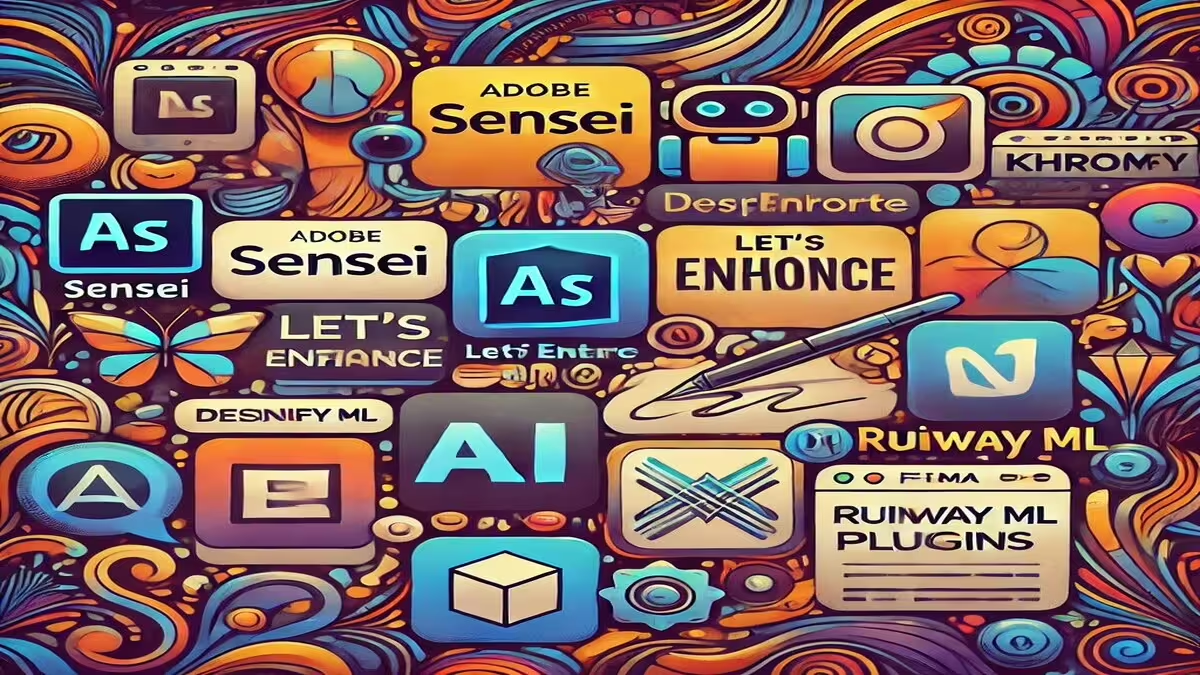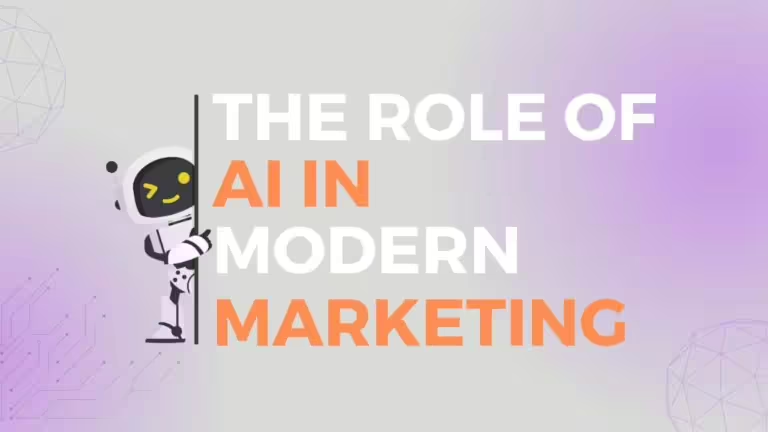Artificial Intelligence (AI) is revolutionizing the way designers work, making processes faster, more efficient, and increasingly creative. From generating stunning visuals to optimizing workflows, AI tools are becoming indispensable for modern designers. In this blog post, we’ll explore some of the best AI tools for designers, detailing how each tool can enhance your design projects.
1. Adobe Sensei
Overview: Adobe Sensei is Adobe’s AI and machine learning platform, integrated across Adobe’s suite of Creative Cloud applications. For more info visit here: www.adobe.com
Key Features:
- Content-Aware Fill: Automatically fills in missing parts of images with relevant content.
- Smart Tags and Search: Tags images with relevant keywords for easier search and organization.
- Automated Layout and Design Suggestions: Provides intelligent design suggestions and layout options.
Benefits
Adobe Sensei significantly reduces the time spent on mundane tasks, allowing designers to focus more on creativity and innovation. Its advanced features enhance productivity and ensure high-quality results.
Pros
- Seamlessly integrates with Adobe Creative Cloud.
- Reduces time spent on repetitive tasks.
- Offers intelligent design suggestions.
- Enhances image quality and consistency.
Cons
- Requires an Adobe Creative Cloud subscription.
- Steep learning curve for beginners.
- Can be resource-intensive on older computers.
Pricing
Adobe Sensei is included with Adobe Creative Cloud subscriptions, which start at $52.99 per month.
2. Canva
Overview: Canva is a user-friendly design tool that leverages AI to simplify graphic design tasks. For more info visit here: www.canva.com
Key Features
- Design Suggestions: Offers template suggestions based on user input.
- Magic Resize: Automatically resizes designs for different platforms and formats.
- Background Remover: Quickly removes backgrounds from images with a single click.
Benefits
Canva’s AI-driven features make it accessible for both novice and experienced designers. It streamlines the design process, making it easy to create professional-quality graphics quickly.
Pros
- Easy to use for all skill levels.
- Extensive library of templates and assets.
- AI-driven design suggestions and resizing.
- Affordable pricing plans.
Cons
- Limited advanced design capabilities.
- Requires an internet connection to use.
- Some features are locked behind the Pro plan.
Pricing
- Free plan available with basic features.
- Pro plan at $12.95 per month with advanced features.
3. Let’s Enhance
Overview: Let’s Enhance uses AI to upscale and enhance images without losing quality. For more info visit here: www.letsenhance.io
Key Features
- Image Upscaling: Increases image resolution up to 16x without quality loss.
- Color Enhancement: Improves color accuracy and vibrancy.
- Noise Reduction: Reduces noise and artifacts in images.
Benefits
This tool is perfect for designers needing high-resolution images from lower-quality sources. It saves time and effort, ensuring your visuals are always crisp and clear.
Pros
- High-quality image upscaling.
- Easy-to-use interface.
- Enhances color and reduces noise.
- Fast processing times.
Cons
- Limited free credits for processing images.
- Advanced features require a paid plan.
- May not be suitable for extremely low-quality images.
Pricing
- Free plan with limited credits.
- Paid plans start at $9 per month for additional credits and features.
4. Designify
Overview: Designify automates complex design tasks using advanced AI technologies. For more info visit here: www.designify.com
Key Features
- Automated Background Removal: Quickly removes backgrounds from images.
- Instant Design Creation: Generates professional designs based on simple inputs.
- Photo Enhancements: Automatically adjusts lighting, color, and sharpness.
Benefits
Designify speeds up the design process, allowing designers to produce high-quality visuals with minimal effort. It’s particularly useful for creating product images, marketing materials, and social media content.
Pros
- Automates repetitive design tasks.
- User-friendly interface.
- High-quality photo enhancements.
- Quick and efficient processing.
Cons
- Limited free features.
- Advanced features require a paid subscription.
- May not support complex design projects.
Pricing
- Free plan with basic features.
- Paid plans start at $39 per month for additional features.
5. Khroma
Overview: Khroma uses AI to help designers generate and explore color palettes tailored to their preferences. For more info visit here: www.khroma.co
Key Features
- Custom Color Palettes: Generates palettes based on user-selected colors.
- Color Pairing Suggestions: Suggest complementary colors and palettes.
- Endless Combinations: Provides infinite color combinations for inspiration.
Benefits
Khroma enhances creativity by offering personalized color suggestions, ensuring your designs have the perfect color harmony. It’s a great tool for branding, web design, and any project where color is crucial.
Pros
- Personalized color palette generation.
- Easy to use and intuitive.
- Infinite color combinations.
- Free to use.
Cons
- Limited to color palette generation.
- No advanced design features.
- Requires internet connection.
Pricing
Khroma is free to use.
6. Runway ML
Overview: Runway ML is an AI-powered tool that enables designers to create and experiment with machine learning models. For more info visit here: www.runwayml.com
Key Features
- Real-Time Collaboration: Allows real-time collaboration on projects.
- Visual Tools: Provides intuitive visual tools for machine learning projects.
- Pre-Built Models: Offers a library of pre-built models for various creative applications.
Benefits
Runway ML empowers designers to integrate AI into their creative processes easily. It opens up new possibilities for innovative design, from generating visuals to experimenting with new creative techniques.
Pros
- Supports creative experimentation.
- Real-time collaboration.
- Extensive library of models.
- Easy integration with other tools.
Cons
- Requires understanding of machine learning basics.
- Some features require a paid plan.
- May have a learning curve for beginners.
Pricing
- Free plan with limited features.
- Paid plans start at $15 per month for additional features and model access.
7. Figma Plugins with AI
Overview: Figma, a popular design collaboration tool, offers various AI-powered plugins to enhance design workflows. For more info visit here: www.figma.com
Key Features
- Auto Layout: Automatically arranges design elements based on content.
- Content Reel: Generates placeholder text and images.
- Anima: Converts Figma designs into responsive HTML code.
Benefits
AI-powered plugins for Figma streamline design workflows and enhance productivity. They allow designers to focus more on creativity while ensuring consistency and efficiency in their projects.
Pros
- Enhances Figma’s capabilities.
- Improves design efficiency.
- Supports responsive design.
- Free and paid plugin options.
Cons
- Some plugins require a subscription.
- Requires familiarity with Figma.
- Limited to Figma users.
Pricing
- Figma offers a free plan with basic features.
- The professional plan starts at $12 per editor/month.
- Plugins may have additional costs.
Future Prospects
- AI tools will become more intuitive and user-friendly, further simplifying design processes.
- Integration with other technologies like augmented reality (AR) and virtual reality (VR) will open new creative possibilities.
- Enhanced collaboration features will facilitate seamless teamwork across different geographical locations.
- AI will continue to improve in generating high-quality, custom design elements on demand.
- Predictive design capabilities will anticipate designers’ needs, offering suggestions before they are needed.
- Increased automation of routine tasks will free up more time for creative work.
- AI-driven insights and analytics will provide a deeper understanding of design effectiveness and audience preferences.
Conclusion
The integration of AI in design tools has transformed the industry, making it easier for designers to produce high-quality, innovative work. From automating repetitive tasks to offering new creative possibilities, the best AI tools for designers are invaluable assets in the modern design toolkit. By leveraging these tools, designers can enhance their creativity, efficiency, and overall productivity, staying ahead in a rapidly evolving field.
FAQs
1. Can AI tools replace human designers?
While AI tools greatly enhance the efficiency and capabilities of designers, they are not meant to replace human creativity and intuition. AI serves as a powerful assistant, handling repetitive tasks and offering suggestions, but human designers are essential for the creative and conceptual aspects of design.
2. Are there any free AI tools for designers?
Yes, many AI tools offer free versions with basic features. Tools like Canva, Khroma, and certain Figma plugins provide free access to essential functionalities, allowing designers to leverage AI without financial investment.
3. How can AI tools improve my design workflow?
AI tools can automate repetitive tasks, provide design suggestions, enhance images, and generate content quickly. This allows designers to focus more on the creative aspects of their work, improving efficiency and productivity.
4. What should I consider when choosing an AI tool for design?
Consider factors such as your specific design needs, the tool’s features, ease of use, integration with other software, and pricing. It’s also helpful to try free versions or trials to see how well a tool fits into your workflow.









